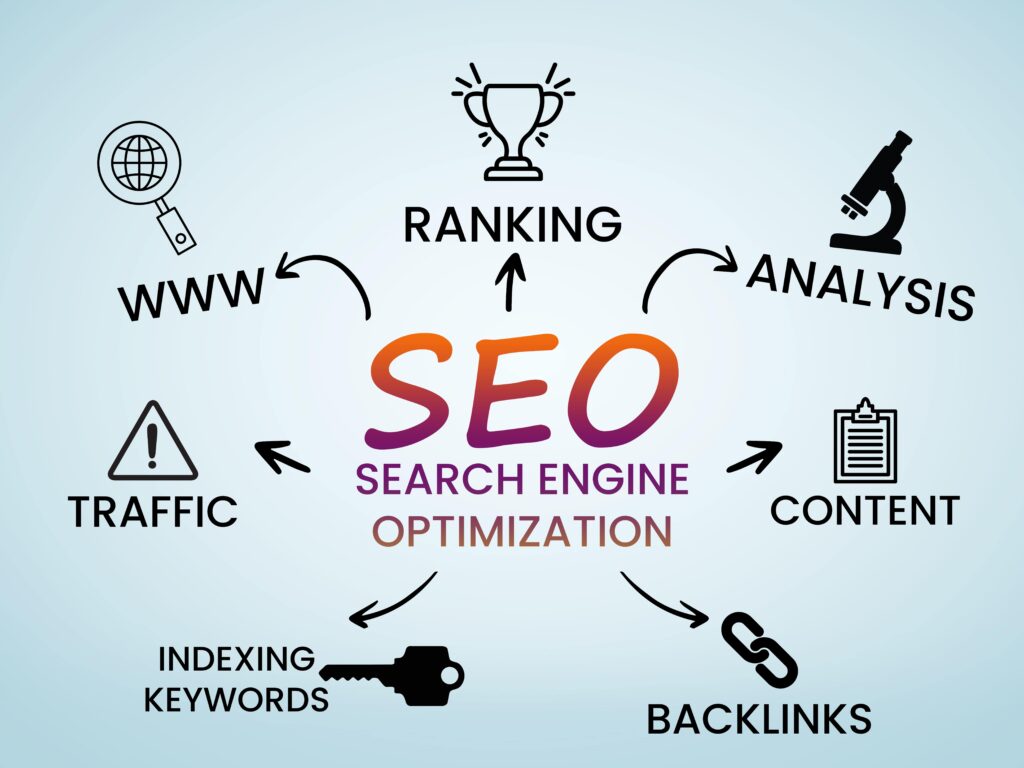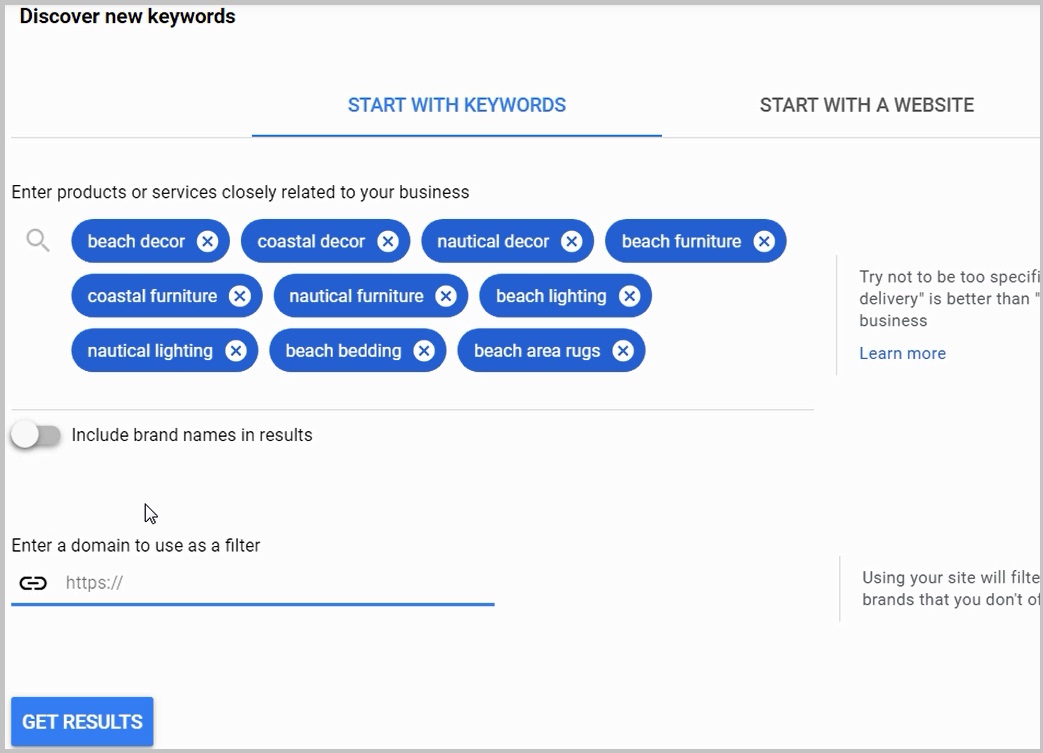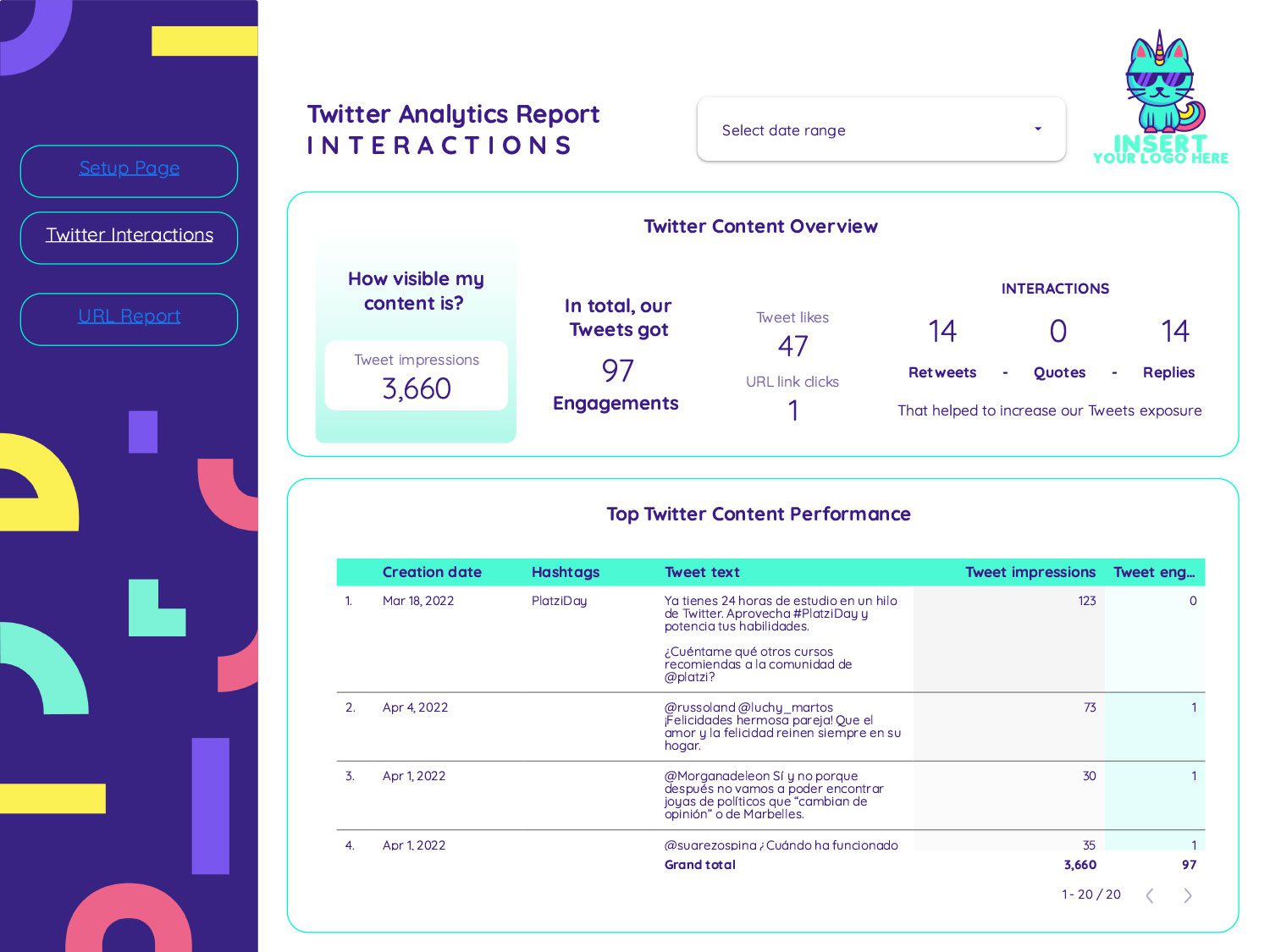
Published: Sep 24, 2024
8 Essential SEO Strategy Components for 2024 That'll Skyrocket Your Rankings
by: None
8 Essential SEO Strategy Components for 2024 That’ll Skyrocket Your Rankings
Listen up, fellow SEO nerds! 🤓 I’ve been around the block a time or two when it comes to organic search strategies… After all, I’m not just an expert in SEO - I live and breathe this stuff! 😅 And let me tell ya, if you wanna crush it in the SERPs in 2024, you gotta have these 8 essential components dialed in. Trust me, implementing these is gonna make your rankings explode like fireworks on the 4th of July! 🎆💥
TLDR: What are the most important SEO strategy components I need to focus on in 2024?
1️⃣ Nailing your technical SEO
If your site’s technical SEO is a mess, you can kiss those top rankings goodbye! Make sure your site architecture, crawlability, indexing, page speed, and other technical elements are on point. Regularly auditing and optimizing these is a must.
2️⃣ Creating killer content aligned with search intent
Gone are the days of churning out generic, mediocre 500-word posts. In 2024, it’s all about crafting in-depth, high-quality content that perfectly matches what searchers are looking for. Nail the search intent and you’ll be swimming in organic traffic!
3️⃣ Building authority with link-worthy content & outreach
To really establish your site as an authority, you need other high-quality, relevant sites linking to you. Focus on creating link-worthy content assets (think original research, ultimate guides, visuals, etc.) and strategically promoting them to earn those crucial backlinks.
Table of Contents
- Technical SEO Essentials
- Crafting Content for Search Intent
- Optimizing for Mobile & Page Experience
- Leveraging Schema & Structured Data
- Link Building Strategies
- Mastering Keyword Research
- Tracking SEO KPIs & Measuring ROI
- Adapting to Algorithm Updates
Technical SEO Essentials
Let’s dive into the nitty-gritty of technical SEO. This stuff might seem dry, but it’s the foundation that’ll make or break your rankings in 2024. Trust me, I’ve seen sites tank because they ignored these basics!
Site Architecture
Your site structure needs to be clean and logical. Think of it like a well-organized library:
- Use a clear hierarchy with main categories and subcategories
- Limit depth to 3-4 clicks from the homepage
- Implement breadcrumbs for easy navigation
Crawlability and Indexing
Make it easy for search engines to find and understand your content:
- Robots.txt
 Use this file to guide search engines on what to crawl (or not)
Use this file to guide search engines on what to crawl (or not) - XML Sitemaps: Submit these to Google Search Console for faster indexing
- Internal Linking: Connect related pages to spread link equity
Page Speed Optimization
Slow sites are SEO killers. Here’s how to speed things up:
- Compress images (I love TinyPNG for this)
- Minify CSS, JavaScript, and HTML
- Leverage browser caching
- Use a Content Delivery Network (CDN)
Core Web Vitals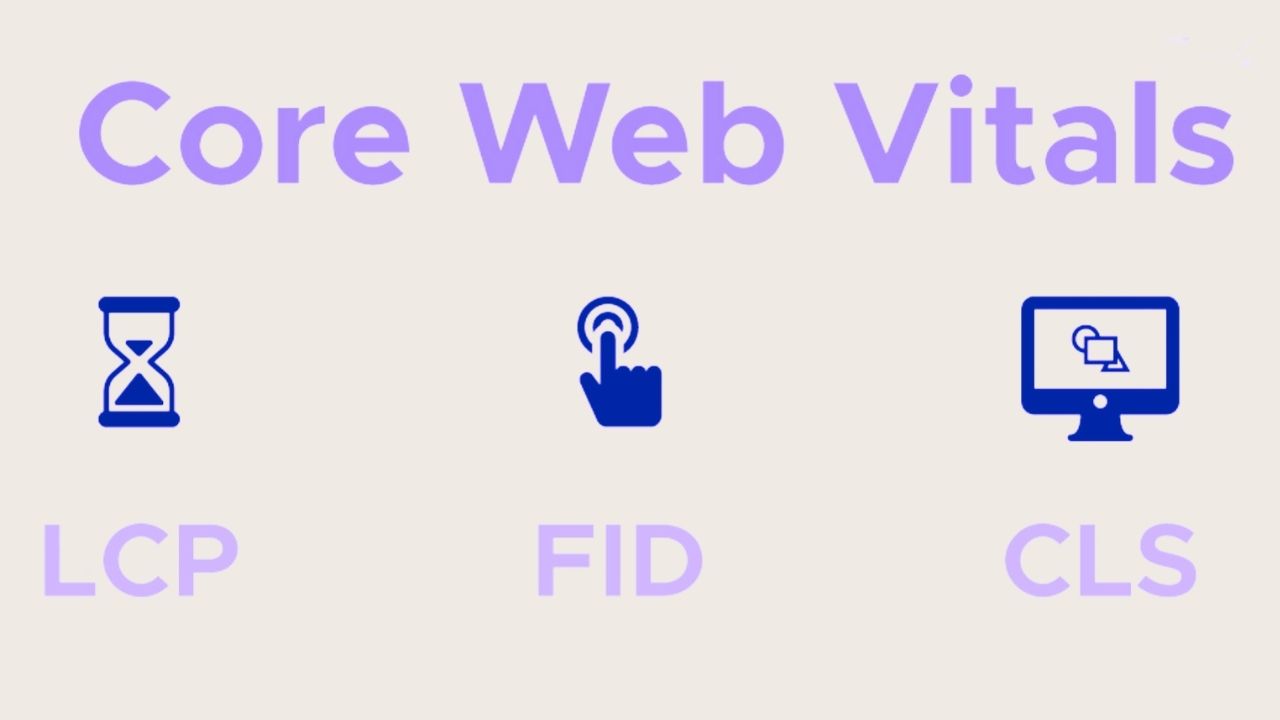
These are Google’s page experience metrics. Focus on:
- Largest Contentful Paint (LCP): under 2.5 seconds
- First Input Delay (FID): under 100 milliseconds
- Cumulative Layout Shift (CLS): under 0.1
Mobile-First Indexing
With Google’s mobile-first approach, your mobile site is now prime real estate:
- Use responsive design
- Ensure content parity between mobile and desktop versions
- Test with Google’s Mobile-Friendly Test tool
HTTPS Implementation
Security isn’t just for e-commerce anymore. HTTPS is a must for all sites:
- Get an SSL certificate (many hosts offer these for free now)
- Set up 301 redirects from HTTP to HTTPS
- Update internal links to HTTPS versions
Structured Data Markup
Help search engines understand your content better:
- Use Schema.org markup for rich snippets
- Focus on types like Organization, LocalBusiness, and Product
- Test implementation with Google’s Rich Results Test
Canonical Tags
Avoid duplicate content issues:
- Use rel=“canonical” tags to specify preferred versions of pages
- Implement across all duplicate or similar content
URL Structure
Clean, descriptive URLs are user and SEO-friendly:
- Use hyphens to separate words
- Keep them short and relevant
- Include target keywords where natural
Pro tip: Run regular technical audits with tools like Screaming Frog or Semrush. They’ll catch issues you might miss and keep your technical SEO game strong. Remember, staying on top of these elements isn’t a one-and-done deal – it’s an ongoing process that’ll pay dividends in your rankings!
Crafting Content for Search Intent
Matching content to search intent is crucial for SEO success in 2024. It’s not just about sprinkling keywords - it’s about truly understanding what users want and delivering it.
Types of Search Intent
Informational Intent
Users looking to learn something. Examples:
- “How to tie a tie”
- “What is SEO”
Navigational Intent
Searchers trying to find a specific website. Examples:
- “Facebook login”
- “Gmail”
Commercial Intent
People researching products before buying. Examples:
- “Best laptops 2024”
- “iPhone vs Android”
Transactional Intent
Users ready to make a purchase. Examples:
- “Buy Nike Air Max”
- “Book hotel in New York”
Aligning Content with Intent
Keyword Research: Use tools like Google Keyword Planner or Ahrefs to find keywords and analyze intent.
SERP Analysis: Look at what’s currently ranking. Google’s already done the work of figuring out intent.
Content Formatting: Structure your content based on intent:
- Informational: How-to guides, FAQs, in-depth articles
- Commercial: Comparison tables, product reviews, buyer’s guides
- Transactional: Clear CTAs, product pages, easy checkout process
Content Quality Factors
- Depth: Cover topics comprehensively. No more 500-word fluff pieces!
- Uniqueness: Bring new insights or data to the table.
- Freshness: Update content regularly, especially for time-sensitive topics.
- E-A-T: Demonstrate Expertise, Authoritativeness, and Trustworthiness.
Optimizing for Featured Snippets
Target these coveted “Position 0” spots:
- Answer Box
 Provide clear, concise answers to questions.
Provide clear, concise answers to questions. - Lists: Use bullet points or numbered lists for step-by-step processes.
- Tables: Present data in an easy-to-read format.
User Experience Considerations
- Readability: Use short paragraphs, subheadings, and bullet points.
- Visuals: Include relevant images, infographics, or videos.
- Mobile Optimization: Ensure content looks great on all devices.
Remember, it’s not about tricking search engines - it’s about truly satisfying user needs. Do that consistently, and the rankings will follow.
Optimizing for Mobile & Page Experience
Mobile optimization and page experience are make-or-break factors for SEO success in 2024. With most web traffic now coming from mobile devices, Google’s mobile-first indexing means your mobile site is the primary version search engines see.
Mobile-First Design
-
- Fluid grids that adjust to screen size
- Flexible images that scale properly
- Media queries to apply different styles for various devices
Accelerated Mobile Pages (AMP)

- Stripped-down HTML for faster loading
- Ideal for news sites and blogs
Core Web Vitals
Google’s page experience signals focus on these key metrics:
Largest Contentful Paint (LCP)
- Measures loading performance
- Aim for LCP within 2.5 seconds of page load start
First Input Delay (FID)
- Measures interactivity
- Target FID of less than 100 milliseconds
Cumulative Layout Shift (CLS)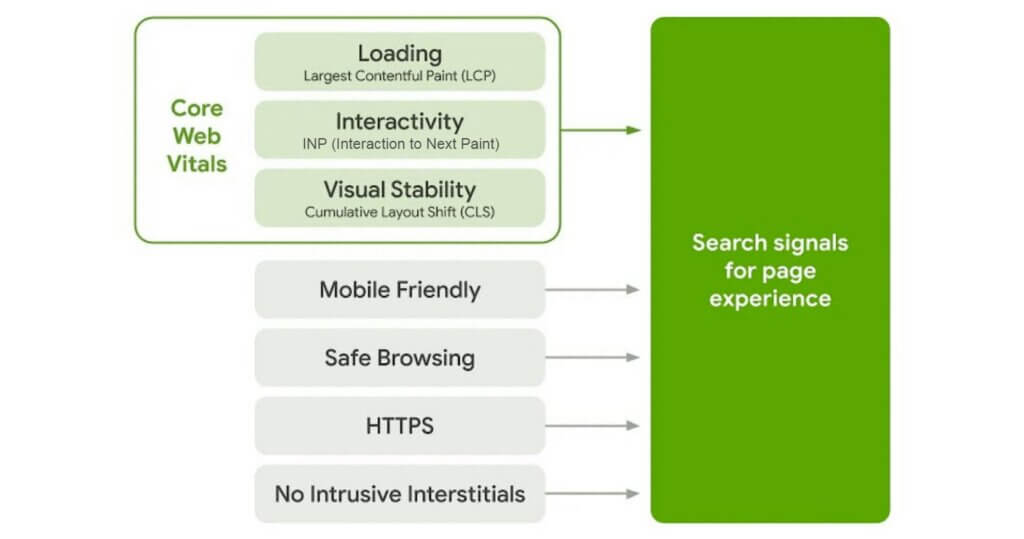
- Measures visual stability
- Strive for CLS score of less than 0.1
Speed Optimization Techniques
- Minimize HTTP requests
- Enable browser caching
- Use a Content Delivery Network (CDN)
- Optimize images (compress, lazy load)
- Minify CSS, JavaScript, and HTML
User Experience (UX) Factors
-
- Run your site through Google’s tool
- Address any flagged issues
Touch-Friendly Design
- Larger buttons and tap targets (at least 48x48 pixels)
- Adequate spacing between clickable elements
Readable Text Without Zooming
- Use a base font size of 16px
- Implement proper contrast ratios
Avoid Intrusive Interstitials
- Pop-ups that cover main content can hurt mobile rankings
- Use banners or slide-ins instead
Testing and Monitoring
-
- Provides performance scores and improvement suggestions
- Test both mobile and desktop versions
-
- Real-world performance data from Chrome users
- Integrate with Google Analytics for deeper insights
-
- Monitor mobile usability issues
- Track Core Web Vitals performance over time
Remember, mobile optimization isn’t a one-time fix. It’s an ongoing process of testing, tweaking, and improving. Keep user experience at the forefront, and you’ll be well-positioned for mobile SEO success in 2024 and beyond.
Leveraging Schema & Structured Data
Schema markup and structured data are game-changers for SEO in 2024. They help search engines understand your content better, potentially leading to rich snippets and enhanced visibility in search results.
Types of Schema Markup
Organization Schema
- Helps search engines identify your company info
- Include logo, social profiles, and contact details
Product Schema
- Crucial for e-commerce sites
- Highlight price, availability, and reviews
LocalBusiness Schema
- Essential for brick-and-mortar businesses
- Showcase address, hours, and services
Article Schema
- Ideal for blogs and news sites
- Mark up author, publish date, and headline
Implementing Schema Markup
-
- Google’s preferred format
- Easy to implement and update
-
- Inline HTML markup
- More challenging to maintain at scale
-
- Flexible, but less common
- Used in HTML5 for enhanced web semantics
Tools for Schema Implementation
Google’s Structured Data Markup Helper
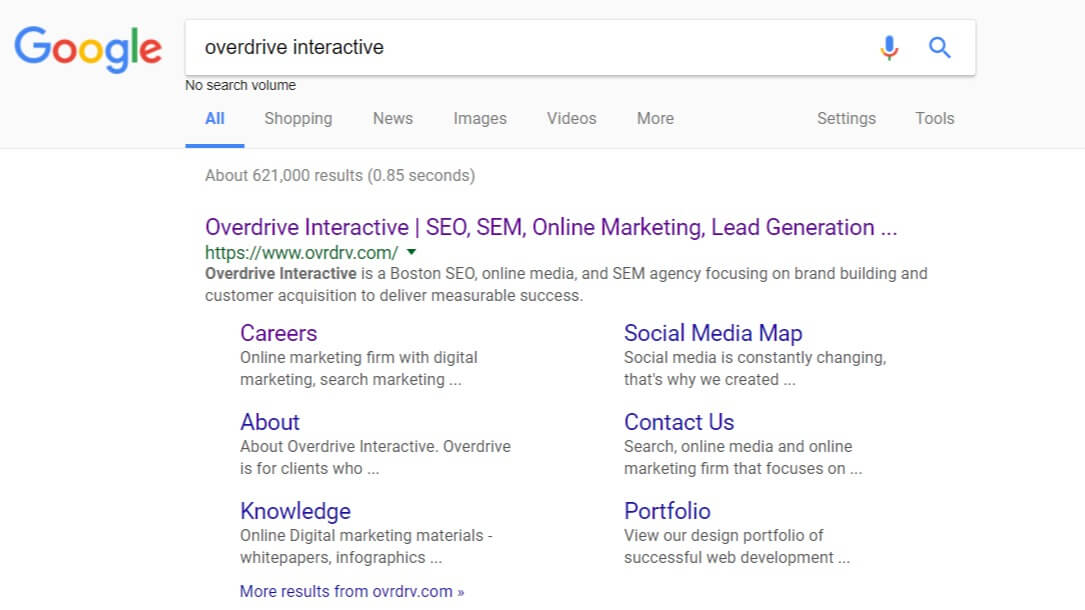
- Point-and-click tool for generating schema code
- Supports common schema types
-
- Official schema vocabulary reference
- Detailed documentation for all schema types
Testing and Validation
-
- Check if your schema implementation is valid
- Preview how rich snippets might appear in search
-
- Monitor schema performance over time
- Identify and fix structured data errors
Advanced Schema Strategies
Nested Schema
- Combine multiple schema types for more detailed markup
- Example: Product schema within an Organization schema
Dynamic Schema Generation
- Use server-side scripts to auto-generate schema based on page content
- Keeps schema up-to-date without manual intervention
-
- Mark up research data or statistics
- Potential for enhanced visibility in Google Dataset Search
Remember, while schema markup doesn’t directly impact rankings, it can significantly improve click-through rates by making your search listings more attractive and informative. Keep your schema implementation clean, accurate, and up-to-date for the best results in 2024.
Link Building Strategies
Link building remains a crucial component of SEO success in 2024. But it’s not about quantity anymore - it’s all about quality, relevance, and strategic outreach.
Creating Link-Worthy Content Assets
-
- Conduct industry surveys or data analysis
- Present findings in visually appealing infographics
Ultimate Guides
- Comprehensive, long-form content on niche topics
- Example: “The Ultimate Guide to Email Marketing in 2024”
-
- Calculators, quizzes, or widgets related to your industry
- Solve a specific problem for your audience
Strategic Outreach Tactics
-
- Find broken links on relevant sites
- Offer your content as a replacement
-
- Identify resource pages in your niche
- Pitch your high-quality content for inclusion
-
- Create newsworthy content or stories
- Reach out to journalists and bloggers
Competitor Backlink Analysis
- Use tools like Ahrefs to analyze competitor backlinks
- Target sites linking to competitors with your superior content
Building Relationships for Links
-
- Contribute high-quality articles to respected industry blogs
- Focus on value, not just link placement
-
- Offer expertise as a guest on industry podcasts
- Many podcast sites link to guest resources
-
- Build relationships with influencers and brands on platforms like Twitter or LinkedIn
- Share and engage with their content before pitching yours
Ethical Link Building Practices
Avoid Paid Links
- Google penalizes sites buying or selling links
- Focus on earning links through quality content
Diversify Anchor Text
- Use a mix of branded, naked URL, and relevant keyword anchors
- Avoid over-optimized anchor text
-
- Regularly audit your backlink profile
- Use Google’s Disavow Tool to remove harmful links
Measuring Link Building Success
Referral Traffic
- Monitor increases in traffic from earned backlinks
- Use Google Analytics to track referral sources
Ranking Improvements
- Track keyword rankings for pages earning new links
- Look for correlations between new links and ranking boosts
Remember, effective link building in 2024 is about creating genuine value and fostering real relationships. It’s a long-term strategy that requires patience and persistence, but the SEO benefits are well worth the effort.
Mastering Keyword Research
Keyword research remains the backbone of any solid SEO strategy in 2024. But it’s not just about finding high-volume terms anymore - it’s about uncovering user intent and targeting the right keywords for your business goals.
Advanced Keyword Research Tools
-
- Free tool with search volume data
- Great for initial keyword ideas
-
- Comprehensive keyword metrics
- Competitor keyword analysis
-
- SERP feature analysis
- Keyword difficulty scoring
Uncovering Untapped Keyword Opportunities
Long-Tail Keywords
- Lower competition, higher conversion potential
- Use tools like AnswerThePublic to find question-based queries
-
- Target natural language phrases
- Focus on question words: who, what, where, when, why, how
Latent Semantic Indexing (LSI) Keywords

- Related terms that provide context
- Use LSIGraph to find LSI keywords
Analyzing SERP Intent
Informational Keywords
- Look for “how-to” guides, definitions, and explanatory content
- Example: “how to tie a bowtie”
Transactional Keywords
- Check for product listings and e-commerce sites
- Example: “buy running shoes online”
Navigational Keywords
- Brand names and specific website searches
- Example: “Facebook login”
Keyword Prioritization Strategies
Keyword Difficulty vs. Search Volume
- Balance potential traffic with ranking difficulty
- Use tools like Moz Keyword Explorer for difficulty scores
Business Impact
- Align keywords with your conversion goals
- Consider keyword relevance to your products/services
Competitive Gap Analysis
- Identify keywords your competitors rank for that you don’t
- Use Spyfu for competitor keyword research
Seasonal and Trending Keywords
-
- Track keyword popularity over time
- Identify seasonal patterns for content planning
News and Current Events
- Monitor trending topics in your industry
- Use tools like BuzzSumo to find popular content ideas
Local Keyword Research
-
- Optimize for “near me” searches
- Target location-specific keywords
Hyperlocal Terms
- Include neighborhood names and local landmarks
- Example: “coffee shop in SoHo NYC”
Remember, effective keyword research in 2024 isn’t just about finding high-volume terms. It’s about understanding user intent, aligning with business goals, and uncovering opportunities your competitors might have missed. Keep your keyword strategy dynamic and always be ready to adapt to changing search trends and user behaviors.
Tracking SEO KPIs & Measuring ROI
Getting a handle on your SEO performance is crucial. Let’s break down the key metrics and how to tie them to real business impact.
Essential SEO KPIs
Organic Traffic
- Track using Google Analytics
- Look at overall trends and page-level performance
Keyword Rankings
Click-Through Rate (CTR)
- Monitor in Google Search Console
- Identify pages/queries with low CTR for optimization
Backlink Profile
Conversion Metrics
Organic Conversion Rate
- Set up goal tracking in Google Analytics
- Compare against other traffic sources
Assisted Conversions
- Use Multi-Channel Funnels in Google Analytics
- See how SEO supports other channels
Revenue from Organic Search
- Connect Google Analytics with your e-commerce platform
- Track Revenue per Organic Visit
ROI Calculation
Here’s a simple formula:
ROI = (Gain from Investment - Cost of Investment) / Cost of InvestmentFor SEO:
- Gain = Revenue from Organic Search
- Cost = SEO expenses (tools, content creation, team salaries, etc.)
Reporting Dashboards
-
- Free, integrates well with Google products
- Create custom reports pulling from multiple data sources
-
- Powerful data visualization tool
- Great for large enterprises with complex data needs
-
- Advanced analytics platform
- Offers predictive modeling capabilities
Communicating Results to Stakeholders
Executive Summaries
- Highlight key wins and areas for improvement
- Use visuals to illustrate trends
Regular Check-ins
- Weekly or monthly updates on core KPIs
- Tie metrics to business objectives
Quarterly Deep Dives
- Comprehensive analysis of all SEO efforts
- Present strategy adjustments based on data
Remember, the key is connecting SEO metrics to actual business impact. Don’t just report on rankings or traffic - show how SEO is driving revenue and supporting overall business goals. Keep your reporting clear, concise, and actionable, and you’ll have stakeholders singing SEO’s praises in no time!
Adapting to Algorithm Updates
Google’s algorithm updates can shake up the SEO landscape overnight. Staying ahead of these changes is crucial for maintaining and improving your rankings in 2024.
Major Algorithm Updates to Watch
-
- Broad changes affecting overall ranking factors
- Typically rolled out several times a year
-
- Focuses on user experience metrics like Core Web Vitals
- Mobile-friendliness and HTTPS are key factors
-
- Natural language processing improvement
- Better understanding of context and user intent
Proactive Optimization Strategies
Quality Content Focus
- Create comprehensive, original content
- Address user intent thoroughly
Technical SEO Maintenance
- Regular site audits using tools like Screaming Frog
- Fix crawl errors and improve site speed
User Experience Prioritization
- Optimize for Core Web Vitals
- Ensure mobile-friendliness across all pages
E-A-T Principles
- Demonstrate Expertise, Authoritativeness, and Trustworthiness
- Build author bios and showcase credentials
Monitoring Algorithm Changes
-
- Official source for algorithm update announcements
- Follow for detailed explanations of changes
SEO News Sites
Social Media Monitoring
- Follow SEO experts on Twitter for real-time insights
- Join SEO-focused Facebook groups for community discussions
Responding to Updates
Analyze Traffic Changes
- Use Google Analytics to identify affected pages
- Look for patterns in ranking fluctuations
Review Google’s Guidelines
- Check for any new or updated best practices
- Align your SEO strategy with Google’s recommendations
Competitor Analysis
- Monitor how competitors are affected
- Identify potential areas for improvement
Case Study: Recovering from a Core Update
When a client’s traffic dropped 30% after a core update:
Content Audit:
- Identified thin content pages
- Consolidated and improved low-performing articles
Technical Fixes:
- Improved site speed by optimizing images and caching
- Fixed mobile usability issues
E-A-T Enhancement:
- Added author bios with credentials
- Included more outbound links to authoritative sources
Result: Traffic recovered and surpassed previous levels within 3 months.
Remember, adapting to algorithm updates isn’t about quick fixes. It’s about consistently delivering value to users and aligning with Google’s long-term vision for search quality. Stay informed, be proactive, and focus on creating the best possible user experience.















